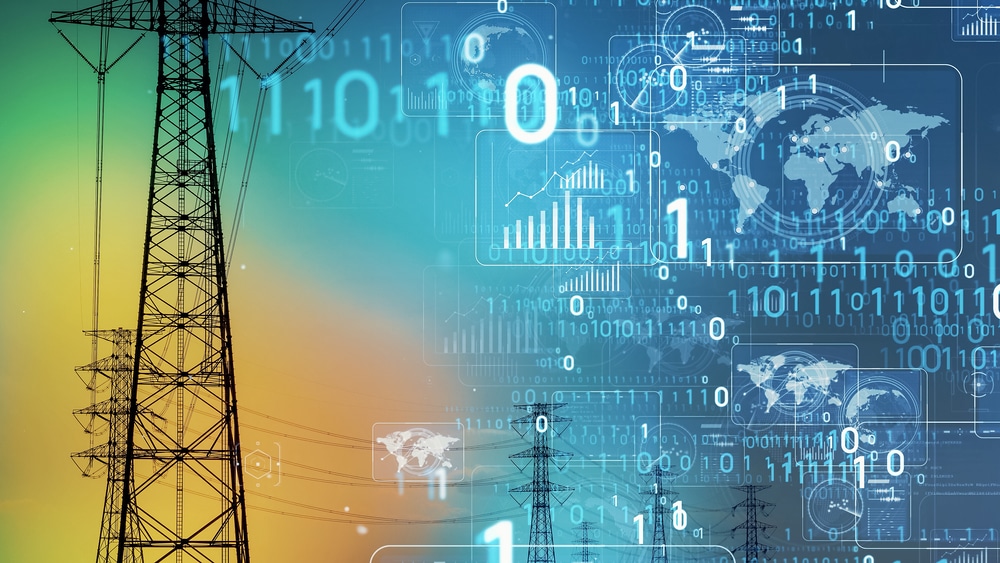Key Insights:
- AI-driven data centers’ power consumption could rise to 16% of total U.S. power by 2030, straining the aging grid.
- Tech giants like Google and Microsoft face soaring emissions due to increased data center energy consumption.
- Innovative solutions, including renewable energy and advanced cooling technologies, are crucial to support AI’s rapid growth.
With the artificial intelligence boom, data centers are emerging rapidly across the United States, leading to an unprecedented demand for electricity. The rapid proliferation of AI applications is straining the nation’s aging power grid, prompting concerns about whether there will be enough electricity to support the widespread adoption of AI technologies.
“If we don’t start thinking about this power problem differently now, we’re never going to see this dream we have,” stated Dipti Vachani, head of automotive at Arm. Vachani emphasized the need for innovative approaches to power consumption.
Arm’s low-power processors, which have gained popularity among hyperscalers like Google, Microsoft, Oracle, and Amazon, can reduce power use by up to 15% in data centers.
Nvidia’s latest AI chip, Grace Blackwell, featuring Arm-based CPUs, claims to run generative AI models on 25 times less power than the previous generation. Vachani noted,
“Saving every last bit of power is going to be a fundamentally different design than when you’re trying to maximize the performance.”
Environmental Impact and Emission Concerns
The environmental impact of AI data centers is considerable, with energy consumption contributing significantly to greenhouse gas emissions. A Goldman Sachs report revealed that a single ChatGPT query uses nearly 10 times the energy of a typical Google search. Moreover, training a large language model in 2019 produced as much CO2 as the entire lifetime of five gas-powered cars.
Leading tech companies are witnessing substantial increases in emissions due to data center energy consumption. Google’s recent environmental report indicated a nearly 50% rise in greenhouse gas emissions from 2019 to 2023, despite its data centers being 1.8 times more energy-efficient than the average.
Similarly, Microsoft’s emissions grew by almost 30% from 2020 to 2024. In Kansas City, Meta’s new AI-focused data center has delayed plans to close a coal-fired power plant due to high power demands.
Addressing Power and Cooling Challenges
The number of data centers is expected to increase significantly by the end of the decade, driven by the demand for AI capabilities. Boston Consulting Group estimates a 15%-20% annual growth in data center demand through 2030, with data centers projected to account for 16% of total U.S. power consumption, up from 2.5% before the release of OpenAI’s ChatGPT in 2022.
To accommodate this growth, data center operators are exploring new locations with access to renewable energy sources like wind and solar. Jeff Tench, Vantage Data Center’s executive vice president of North America and APAC, noted that Vantage is building new campuses in Ohio, Texas, and Georgia.
“The industry itself is looking for places where there is either proximate access to renewables, either wind or solar,” Tench said.
Some AI companies and data centers are experimenting with onsite electricity generation. OpenAI CEO Sam Altman has invested in a solar startup and nuclear startups like Oklo and Helion. Microsoft has signed a deal with Helion to purchase fusion electricity starting in 2028. Google is partnering with a geothermal startup to harness power from underground sources for large data centers.
Enhancing Grid Reliability and Cooling Technologies
The aging U.S. power grid poses a challenge in delivering generated power to consumption sites. One solution involves expanding transmission lines, but this is costly and time-consuming. Shaolei Ren, associate professor of electrical and computer engineering at the University of California, Riverside, explained,
“That’s very costly and very time-consuming, and sometimes the cost is just passed down to residents in a utility bill increase.”
Predictive software is another approach to reducing grid failures, particularly at the transformer level. Rahul Chaturvedi, CEO of VIE Technologies, emphasized the importance of transformers in the grid, stating,
“All electricity generated must go through a transformer.”
VIE Technologies’ sensors, which attach to transformers to predict failures, have seen increased demand since ChatGPT’s release in 2022.
Cooling data centers is another major concern, with Ren’s research indicating that generative AI data centers will require 4.2 billion to 6.6 billion cubic meters of water withdrawal by 2027. Some data centers, like Vantage’s facility in Santa Clara, use large air conditioning units to cool servers without water withdrawal. Other solutions include liquid cooling directly to the chip, though this often requires significant retrofitting.
At Tokenhell, we help over 5,000 crypto companies amplify their content reach—and you can join them! For inquiries, reach out to us at info@tokenhell.com. Please remember, cryptocurrencies are highly volatile assets. Always conduct thorough research before making any investment decisions. Some content on this website, including posts under Crypto Cable, Sponsored Articles, and Press Releases, is provided by guest contributors or paid sponsors. The views expressed in these posts do not necessarily represent the opinions of Tokenhell. We are not responsible for the accuracy, quality, or reliability of any third-party content, advertisements, products, or banners featured on this site. For more details, please review our full terms and conditions / disclaimer.
